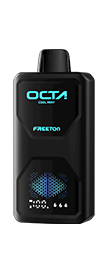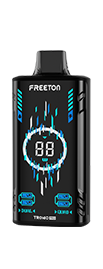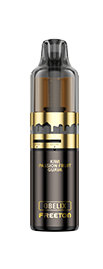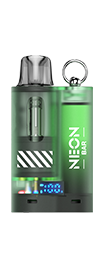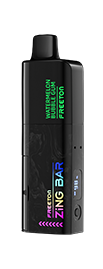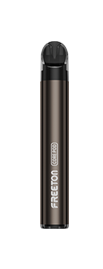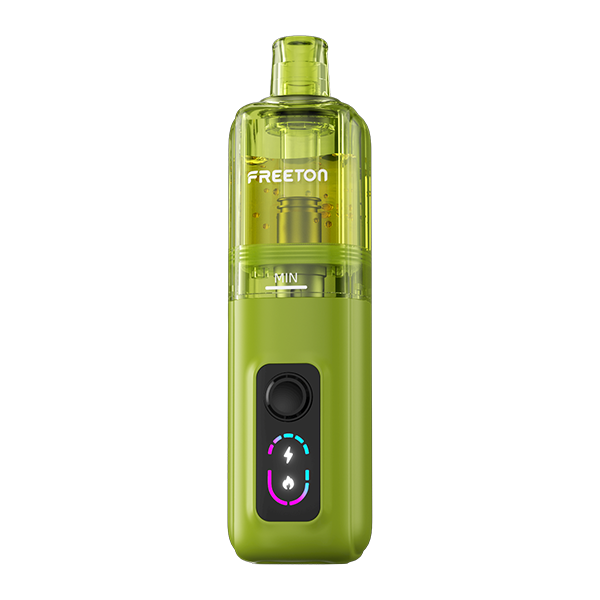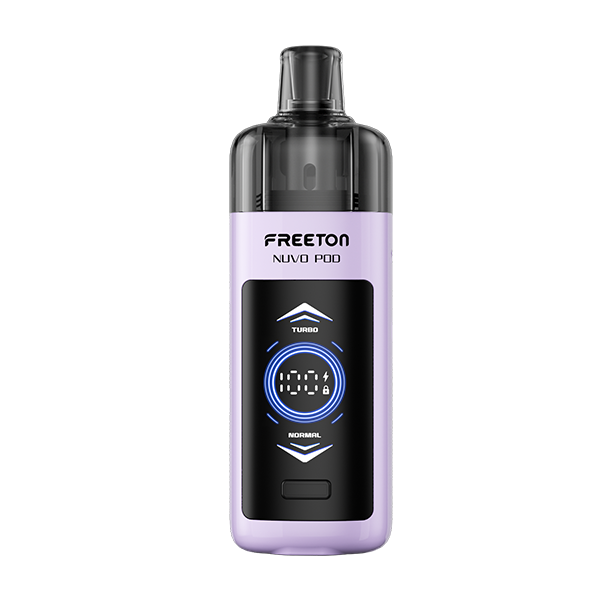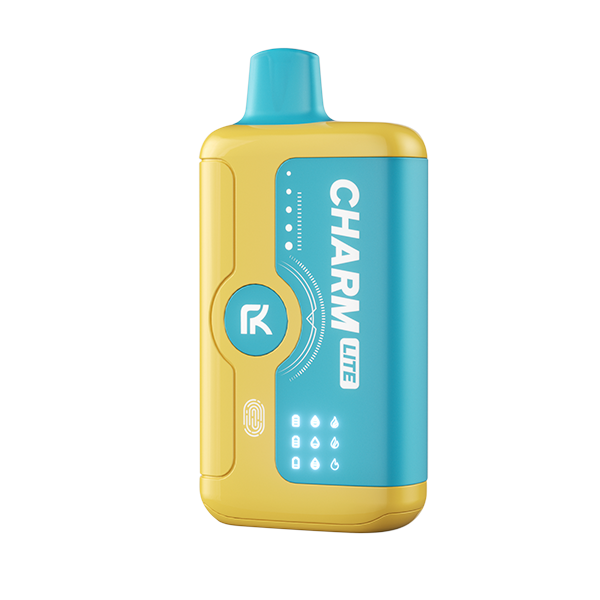
Europe Disposable Electronic Cigarettes and the Law: Navigating Regulations and Restrictions
The landscape of disposable electronic cigarettes (DECs) in Europe is intricately woven with regulatory frameworks that govern their production, distribution, and use. Understanding these regulations is crucial for manufacturers, retailers, and consumers alike. This discourse provides a comprehensive overview of the current regulatory environment surrounding DECs in Europe, delving into existing laws, national variances, the […]
The landscape of disposable electronic cigarettes (DECs) in Europe is intricately woven with regulatory frameworks that govern their production, distribution, and use. Understanding these regulations is crucial for manufacturers, retailers, and consumers alike. This discourse provides a comprehensive overview of the current regulatory environment surrounding DECs in Europe, delving into existing laws, national variances, the impact of directives, age restrictions, marketing guidelines, and future trends.
#2. Current Legal Framework for Disposable Electronic Cigarettes in Europe
The legal framework governing disposable electronic cigarettes (DECs) in Europe is dynamic and intricate, reflecting the diverse approaches of individual nations and the overarching regulations established by the European Union (EU). Understanding the current legal landscape is vital for manufacturers, retailers, and consumers to navigate the complexities of DECs within the European market.
European Union Regulations:
The EU plays a pivotal role in shaping the regulatory environment for DECs. The EU Tobacco Products Directive (TPD) is a comprehensive legislative framework that sets standards for the manufacturing, presentation, and sale of tobacco and related products, including DECs. The TPD imposes strict requirements on product ingredients, labeling, packaging, and advertising to ensure a high level of health protection.
National Regulations:
While the TPD establishes a common baseline, individual EU member states retain the authority to implement additional regulations or adapt existing ones based on their specific needs. This has led to significant variations in how DECs are regulated across Europe. Some countries may have more stringent restrictions on certain aspects, such as flavorings or nicotine concentrations, reflecting diverse public health priorities.
Product Standards and Compliance:
Manufacturers must adhere to specific standards outlined in the TPD, such as limiting nicotine content, ensuring product safety, and providing clear and accurate labeling. Compliance with these standards is essential for products to be legally marketed within the EU. National authorities are responsible for enforcing these regulations and may conduct inspections to verify compliance.
Age Restrictions:
One commonality across European nations is the implementation of age restrictions to prevent minors from accessing DECs. The legal age for purchasing and using these products varies among countries but is typically aligned with the legal age for purchasing traditional tobacco products.
Cross-Border Commerce:
Given the variations in regulations, manufacturers engaged in cross-border commerce must carefully navigate the differing legal landscapes of each country. Understanding the specific requirements of each market is crucial to ensure compliance and avoid legal challenges.
Enforcement and Penalties:
National authorities within EU member states are responsible for enforcing regulations related to DECs. Penalties for non-compliance can include fines, product recalls, and other legal actions. Manufacturers must stay abreast of evolving regulations and promptly adjust their practices to align with legal requirements.

National Variances: Understanding Differences in Regulation
The regulatory landscape for DECs is not uniform across Europe. Nations have the autonomy to tailor regulations according to their specific needs, leading to significant variations. These differences impact manufacturers, who must navigate a labyrinth of rules, ensuring their products meet the specific requirements of each market. Consumers, too, must be aware of the variances, especially if they engage in cross-border commerce.
Impact of TPD (Tobacco Products Directive) on Disposable Electronic Cigarettes
The Tobacco Products Directive (TPD) stands as a pivotal piece of legislation within the European Union (EU) that significantly influences the manufacturing, marketing, and usage of disposable electronic cigarettes (DECs). Understanding the impact of the TPD is crucial for businesses and consumers alike, as it shapes the regulatory landscape for DECs across the EU.
Key Provisions of the TPD:
Product Composition and Ingredients:
The TPD places restrictions on the ingredients used in DECs, aiming to enhance product safety and minimize potential health risks.
Certain additives and flavorings may be limited or prohibited to prevent attractive features that could appeal to non-smokers, particularly young individuals.
Nicotine Concentrations:
The directive imposes limits on the nicotine content in e-liquids used in DECs. This is to prevent excessive nicotine intake and potential addiction, especially among inexperienced users.
Accurate and clear labeling of nicotine content on product packaging is mandated to inform consumers.
Packaging and Labeling:
Stringent rules govern the packaging and labeling of DECs to ensure clarity and transparency.
Health warnings must cover a significant portion of the packaging, emphasizing the potential health risks associated with nicotine consumption.
Notification and Reporting:
Manufacturers are obligated to notify relevant authorities about new products before placing them on the market. This includes providing detailed information about product composition and emissions.
Periodic reporting on sales volumes, product types, and consumer preferences is required to facilitate ongoing evaluation.
Advertising and Promotion:
Restrictions are placed on the advertising and promotion of DECs to prevent strategies that may appeal to non-smokers, particularly minors.
Prohibitions on certain types of advertising, sponsorship, and promotional activities contribute to a balanced approach that prioritizes public health.
Harmonizing Standards Across the EU:
One of the primary objectives of the TPD is to harmonize standards across EU member states, creating a level playing field for businesses and ensuring a consistent approach to public health protection. However, member states retain some flexibility in implementing certain provisions, leading to nuanced differences in how the directive is applied nationally.
Ongoing Evolution and Adaptation:
The TPD is not static; it evolves to address emerging challenges and align with advancements in scientific understanding. Regular updates and amendments ensure that the regulatory framework remains relevant and effective in safeguarding public health.

Age Restrictions and Marketing Guidelines
Protecting the youth from the potential harms of nicotine consumption is a focal point of European regulations. Age restrictions dictate who can purchase and use DECs, aiming to curb access for minors. Simultaneously, marketing guidelines restrict how these products can be advertised to prevent appealing to younger demographics. Striking a balance between adult consumer access and youth protection remains a key challenge for regulators.
Future Trends: Anticipated Changes in European Regulations
The landscape of disposable electronic cigarettes (DECs) within Europe is dynamic, and as regulatory bodies continually assess the impact of these products on public health, several anticipated changes and future trends are emerging.
1. Harm Reduction Focus:
- A notable trend is the increasing focus on harm reduction. Regulatory discussions are likely to explore ways in which DECs can serve as a less harmful alternative for traditional smokers. This includes considerations for adult smokers who may benefit from transitioning to DECs.
2. Standardization of Regulations:
- Efforts toward standardizing regulations across European countries are expected to continue. The goal is to create a cohesive regulatory framework that ensures consistent product standards, labeling requirements, and consumer protection measures throughout the EU.
3. Technological Innovations and Safety:
- Regulatory bodies may adapt to technological advancements in DECs. As new features and safety measures are integrated into these products, regulators are likely to assess their effectiveness and potentially incorporate certain innovations into regulatory requirements.
4. Youth Protection Measures:
- With a focus on preventing youth access and use of DECs, future regulations may introduce more robust age verification measures for both online and offline sales. Stricter guidelines for marketing and advertising to minimize appeal to minors are also expected.
5. Research and Evidence-Based Policymaking:
- Policymakers are anticipated to place a strong emphasis on evidence-based decision-making. Ongoing research into the health impacts of DECs, their effectiveness as smoking cessation tools, and their overall public health implications will play a crucial role in shaping future regulations.
6. International Collaboration:
- Given the global nature of the vaping industry, there is a growing trend towards international collaboration on regulatory standards. Aligning regulations with global best practices ensures a comprehensive approach to addressing challenges associated with DECs.
7. Public Consultations and Stakeholder Involvement:
- Regulatory bodies may increasingly engage in public consultations and involve various stakeholders in the decision-making process. This inclusive approach aims to gather diverse perspectives and ensure that regulations are balanced, transparent, and well-informed.
8. Adapting to Market Trends:
- As the market for DECs evolves, regulations are expected to adapt to changing consumer preferences and market dynamics. This includes considerations for new product formats, flavors, and delivery systems.
Conclusion:
The future of regulations governing DECs in Europe is characterized by a commitment to public health, adaptability to technological advancements, and a continuous evaluation of emerging evidence. Consumers, manufacturers, and policymakers will play integral roles in shaping a regulatory framework that balances harm reduction with broader public health goals.


